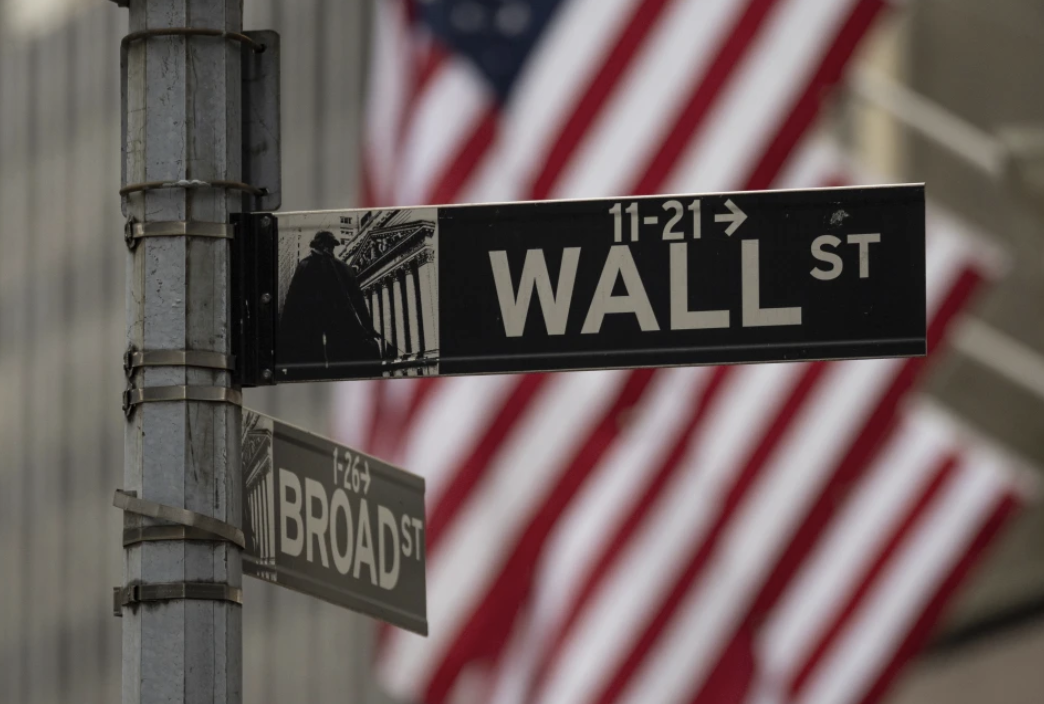The UK financial markets are reeling from a turbulent week, with government bond yields spiking to levels not seen since the 2022 Liz Truss debacle. The drama unfolded after Prime Minister Keir Starmer’s ambiguous support for Chancellor Rachel Reeves during a heated Prime Minister’s Questions (PMQs) session, sparking speculation about her future. This uncertainty, coupled with Labour’s abrupt reversal on welfare cuts, has sent shockwaves through the City, pushing borrowing costs up and the pound down. Here’s a deep dive into what’s happening, why it matters, and the numbers driving the chaos.
Welfare U-Turn Sparks Market Jitters
Labour’s decision to scrap £5 billion in planned welfare savings has rattled investors. The government backed down on reforms to personal independence payments to avoid a rebellion from backbench MPs, a move that analysts estimate will blow a £5.2 billion hole in the 2025-26 budget. This reversal comes on the heels of Reeves’ October 2024 budget, which already ramped up public spending by £97 billion compared to the previous Conservative government’s plans. The Institute for Fiscal Studies (IFS) warns that this spending surge, combined with the welfare climbdown, could push annual borrowing to £151 billion for the 2024-25 financial year—£23 billion above the Office for Budget Responsibility’s (OBR) October forecast.
The market reaction was swift. Yields on 10-year UK government bonds (gilts) surged by 22 basis points to 4.68% on July 2, 2025, marking the largest single-day jump since October 2022. Thirty-year gilt yields climbed even higher, hitting 5.4%, a level not seen since 1998. The pound, meanwhile, slumped 1.1% against the dollar, dropping to $1.36. These moves reflect investor fears that Labour’s fiscal discipline is unraveling, with some traders even whispering about a “mini-Truss moment.”
Reeves’ Emotional PMQs Moment Fuels Speculation
The political drama intensified during PMQs when Reeves was visibly emotional, reportedly wiping away tears after Starmer failed to unequivocally back her as chancellor. Conservative leader Kemi Badenoch seized the moment, describing Reeves as “absolutely miserable” and a “human shield” for No 10’s missteps. This public display of vulnerability, coupled with Starmer’s initial hesitation, led markets to price in the possibility of a cabinet reshuffle. Kathleen Brooks, an analyst at XTB, noted that investors are now betting on a potential replacement chancellor with a “more left-leaning agenda,” which could further loosen fiscal policy and spook bond markets.
Downing Street later insisted that Reeves has Starmer’s “full backing,” and a spokesperson attributed her emotional state to a “personal matter.” However, the damage was done. Neil Wilson, a strategist at SaxoBank, observed that gilt yields began spiking during PMQs as Reeves appeared “utterly shaken,” signaling a loss of market confidence in her leadership.
Fiscal Rules Under Pressure
Reeves has staked her reputation on “iron-clad” fiscal rules, which mandate balancing day-to-day spending with tax receipts within five years. At the October 2024 budget, she left just £9.9 billion in headroom against this target—a buffer that analysts now say has likely evaporated. The OBR’s upcoming March 2026 forecast is expected to show higher debt servicing costs, driven by rising gilt yields and a national debt of £2.6 trillion, equivalent to 98% of GDP. In 2024-25, debt interest payments are projected to hit £104.9 billion, surpassing the entire education budget of £82 billion.
Economists are sounding the alarm. Andrew Wishhart of Berenberg warns that replacing Reeves with a less fiscally disciplined chancellor could trigger a market backlash, while Benjamin Caswell of the National Institute of Economic and Social Research argues that the tight fiscal headroom leaves little room for error. The Treasury is now reportedly considering tax hikes or spending cuts to plug the gap, with unprotected departments facing potential 1.3% annual reductions after 2026.
Global Context and Market Volatility
The UK’s bond market woes aren’t happening in isolation. Global bond yields are also rising, driven by fears of persistent inflation and Donald Trump’s looming trade policies. US 10-year Treasury yields hit 4.95% this week, while German bund yields climbed to 2.42%. However, the UK’s situation is particularly acute due to domestic factors like flatlining economic growth (0.2% in Q4 2024) and Reeves’ controversial £25 billion increase in employer national insurance contributions, which 54% of UK firms say will force price hikes or job cuts, according to a Bank of England survey.
Table: UK Bond Yields and Economic Indicators (July 2025)
| Indicator | Value | Change (July 2, 2025) | Historical Comparison |
| 10-Year Gilt Yield | 4.68% | +22 bps | Highest since July 2008 |
| 30-Year Gilt Yield | 5.40% | +20 bps | Highest since August 1998 |
| Pound vs. Dollar | $1.36 | -1.1% | 14-month low |
| Annual Borrowing (2024-25) | £132 billion (11 months) | +£15 billion YoY | Third highest since 1993 |
| Debt Interest (2024-25) | £104.9 billion | +£10 billion YoY | Exceeds education budget |
What’s Next for Reeves and the Markets?
Reeves faces a brutal test in the coming months. Her March 2026 spring statement will be scrutinized by the OBR, which could revise debt servicing costs upward and force her hand on austerity measures. City analysts like Matthew Amis of abrdn predict that Reeves may have no choice but to announce spending cuts, as further tax rises risk alienating Labour’s base. The Liberal Democrats have called for her to cancel the national insurance hike and deliver an emergency fiscal statement, while Conservative MPs accuse her of “fleeing” to China for a trade mission amid the turmoil.
Despite the chaos, some analysts remain cautiously optimistic. PIMCO’s Peder Beck-Friis argues that global factors, not just UK policies, are driving the bond sell-off, and markets may stabilize if inflation fears subside. The Bank of England, meanwhile, is expected to cut rates twice in 2025, potentially easing pressure on gilt yields. For now, though, Reeves is walking a tightrope, with markets watching her every move and Labour’s fiscal credibility hanging in the balance.

